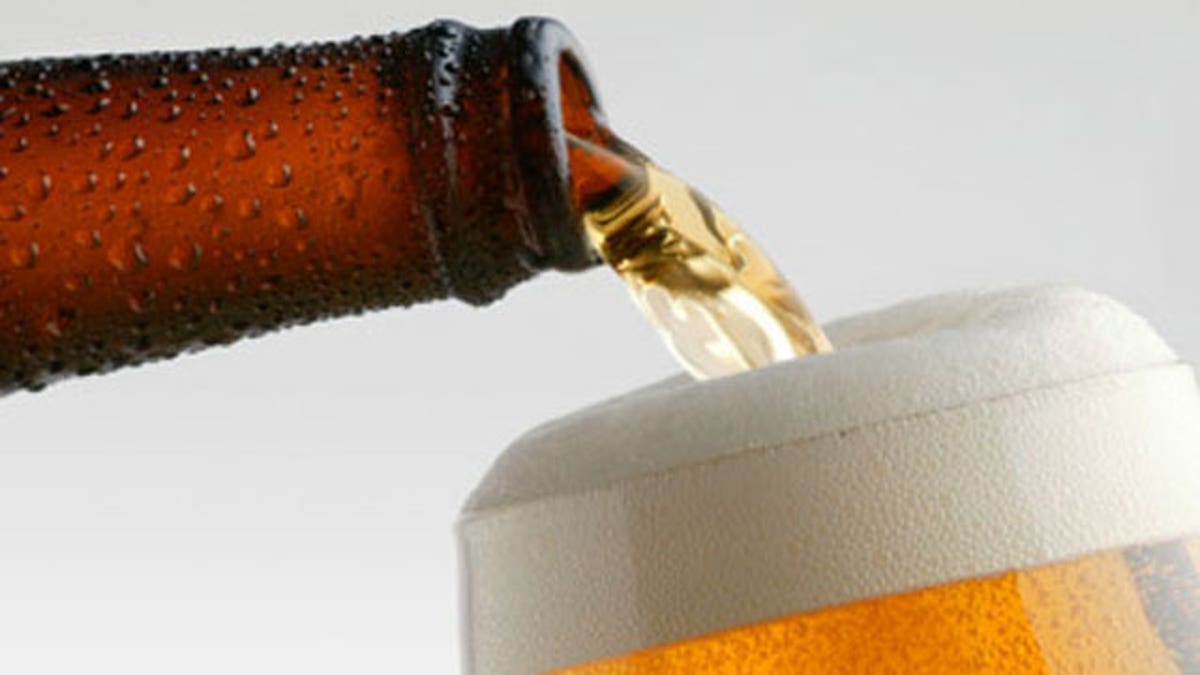
Parents might do their best to shield their kids from advertising related to alcohol, but alcohol marketers are doing their best to reach them anyway. That's the finding of new research that discovered that the content of alcohol ads placed in magazines is more likely to violate industry guidelines if the ad appears in a magazine with sizable youth readership.
The research, which was done by the Center on Alcohol Marketing and Youth (CAMY) at the Johns Hopkins Bloomberg School of Public Health, found that ads in magazines with a substantial youth readership (15 percent or more) frequently showed alcohol being consumed in an irresponsible manner. Examples include showing alcohol consumption near or on bodies of water, encouraging overconsumption, and providing messages supportive of alcohol addiction. In addition, nearly one in five ad occurrences contained sexual connotations or sexual objectification.
"The bottom line here is that youth are getting hit repeatedly by ads for spirits and beer in magazines geared towards their age demographic," said CAMY director and study co-author David Jernigan. "As at least 14 studies have found that the more young people are exposed to alcohol advertising and marketing, the more likely they are to drink, or if already drinking, to drink more, this report should serve as a wake-up call to parents and everyone else concerned about the health of young people."
The researchers examined 1,261 ads for alco-pops, beer, spirits or wine that appeared more than 2,500 times in 11 different magazines that have or are likely to have disproportionately youthful readerships. Ads were analyzed for different risk codes: injury content, overconsumption content, addiction content, sex-related content and violation of industry guidelines. This latter category refers to the voluntary codes of good marketing practice administered by alcohol industry trade associations. Examples of code violations include ads appearing to target a primarily underage audience, highlighting the high alcohol content of a product or portraying alcohol consumption in conjunction with activities requiring a high degree of alertness or coordination such as swimming.
According to CAMY, alcohol is responsible for 4,700 deaths per year among young people under the age of 21, and is associated with the three leading causes of death among youth: motor vehicle crashes, homicide and suicide.
Lisa Hawkins, vice president of public affairs at the Distilled Spirits Council, the national trade association representing America’s leading distillers, said the research is inaccurate.
"This latest advocacy research by David Jernigan once again calls into question the $4 million grant given to CAMY by the CDC. A study, which characterizes all advertisements that depict someone holding or being handed an alcohol beverage near a body of water as 'risky content' defies common sense," Hawkins said. "This study is just another example of CAMY’s biased methodology to fit its pre-conceived notions."
"CDC's funding would be better spent on evidence-based programs to reduce underage drinking versus a subjective review of magazine ads that are anywhere from nearly 5 to 9 years old, which is not relevant to today's marketplace," she said.
"What is relevant is that alcohol consumption and binge drinking rates among 8th, 10th and 12th graders have continued their long-term decline, reaching historically low levels, according to federal government data. Simply put, CAMY’s claim that alcohol advertising is causing teens to drink is disproved by the federal government data and unsupported by the body of scientific literature."
The research was funded by grants from the Centers for Disease Control and Prevention to the Johns Hopkins Center for Injury Research and Policy and was published in the Journal of Adolescent Health.
